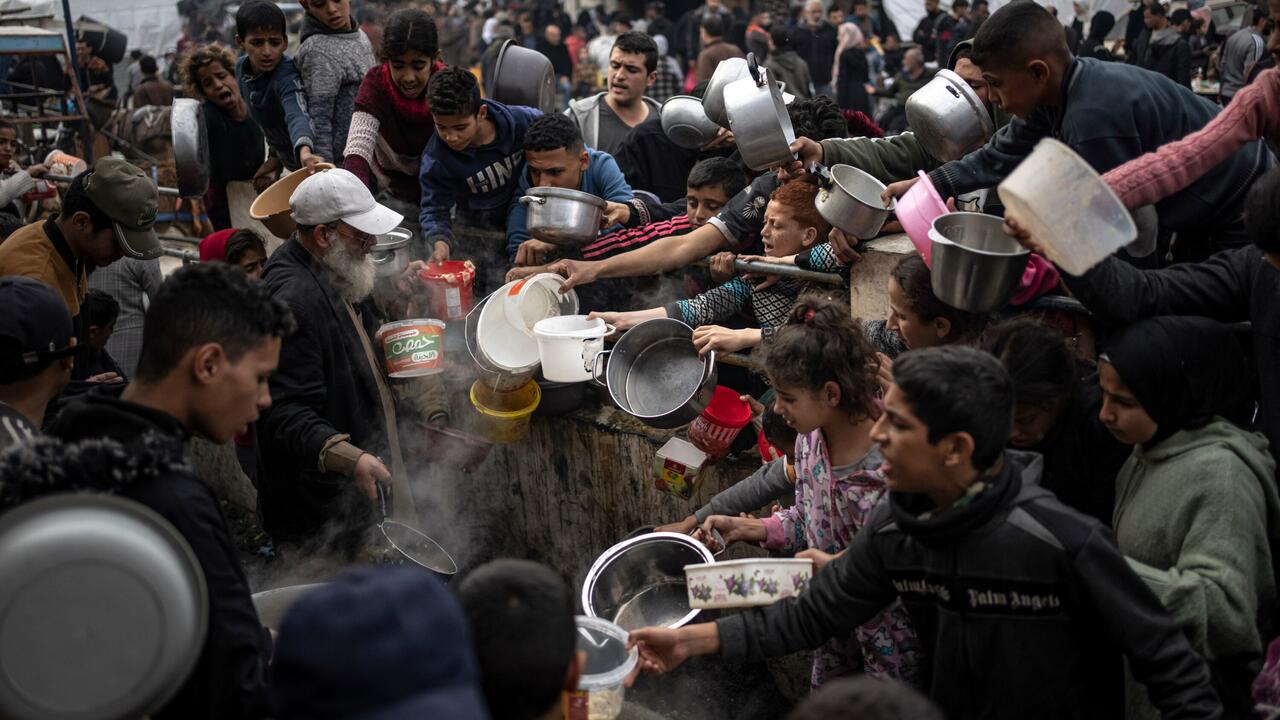Video: Zelensky’s Troops Injected With Various Party Drugs to ‘Promote Battle Readiness’
In the midst of battle, Ukraine has embarked on a psychedelic trip to Valhalla.

Facing a shortage of soldiers and the ravages of war, Ukraine has turned to the animal tranquilizer-turned party drug ketamine, the rave-scene classic MDMA and the lesser known hippy hallucinogen ibogaine to ‘promote battle readiness’. Perhaps more importantly however, by keeping its population comfortably drugged, the soldiers and citizens of Ukraine would, assumably, be less apt to protest the continuation of the war. Instead, they are likely to be satiated by the chemical-induced “Valhalla,” as one drugged Ukrainian solider recently described it.
Fascinatingly, during the Joe Biden administration, the United States Department of Defense (formerly Department of War) funded a study which allowed for the injection of ketamine or fentanyl into non-consenting Americans following a traumatic accident, like a car crash. It enrolled unconscious Americans into forced medical experiments regardless of their willingness to participate. The goal was to further develop treatment modalities for battlefield medical operations, specifically the practice of drugging soldiers and finding out if they develop a drug addiction later. The direct link between the U.S. and Ukrainian militaries became deeply intertwined during the Biden-era, as was exposed by Alex Jones in 2022 and eventually The New York Times in 2025.


















